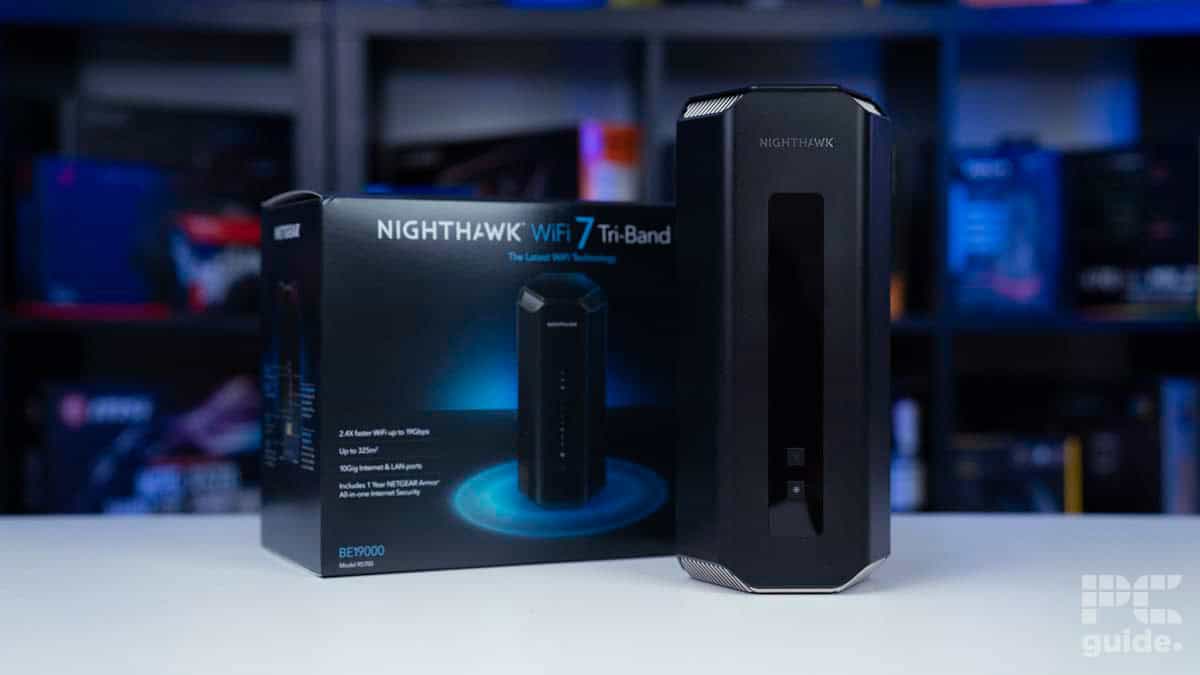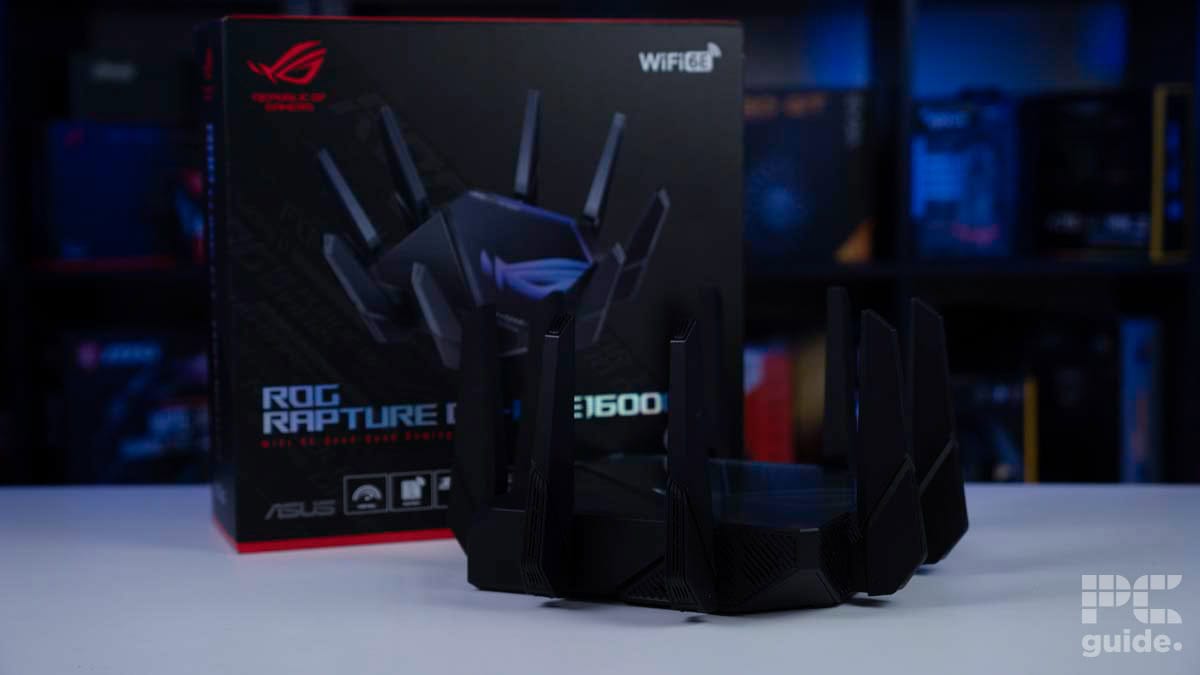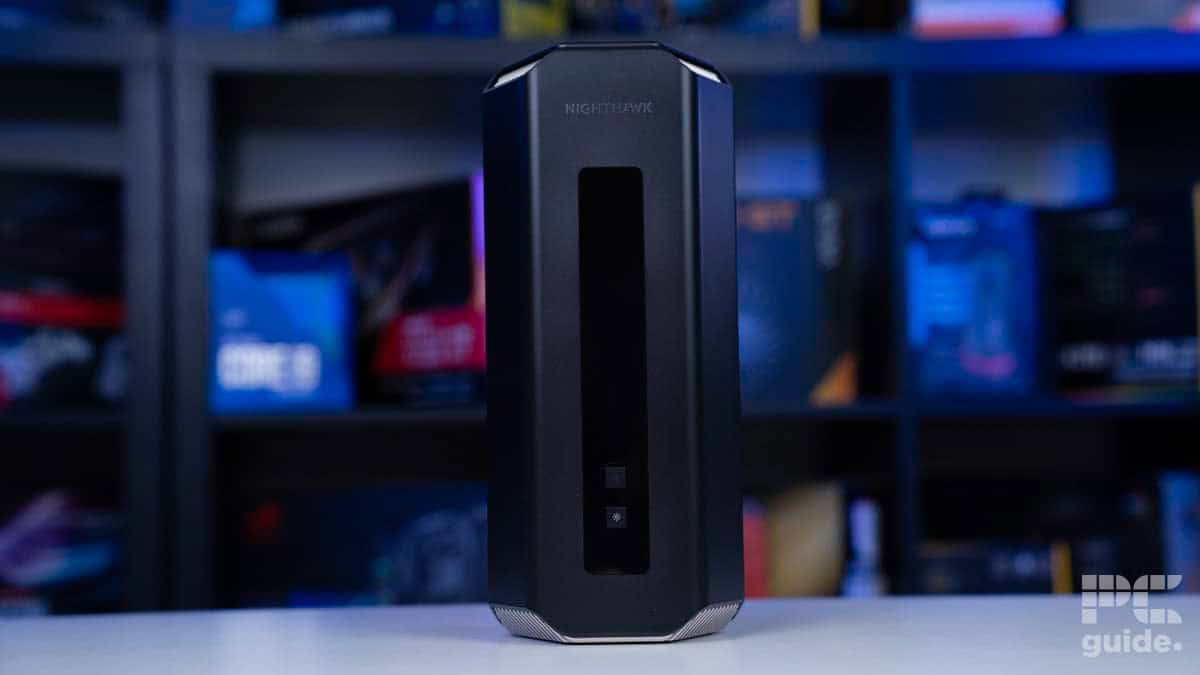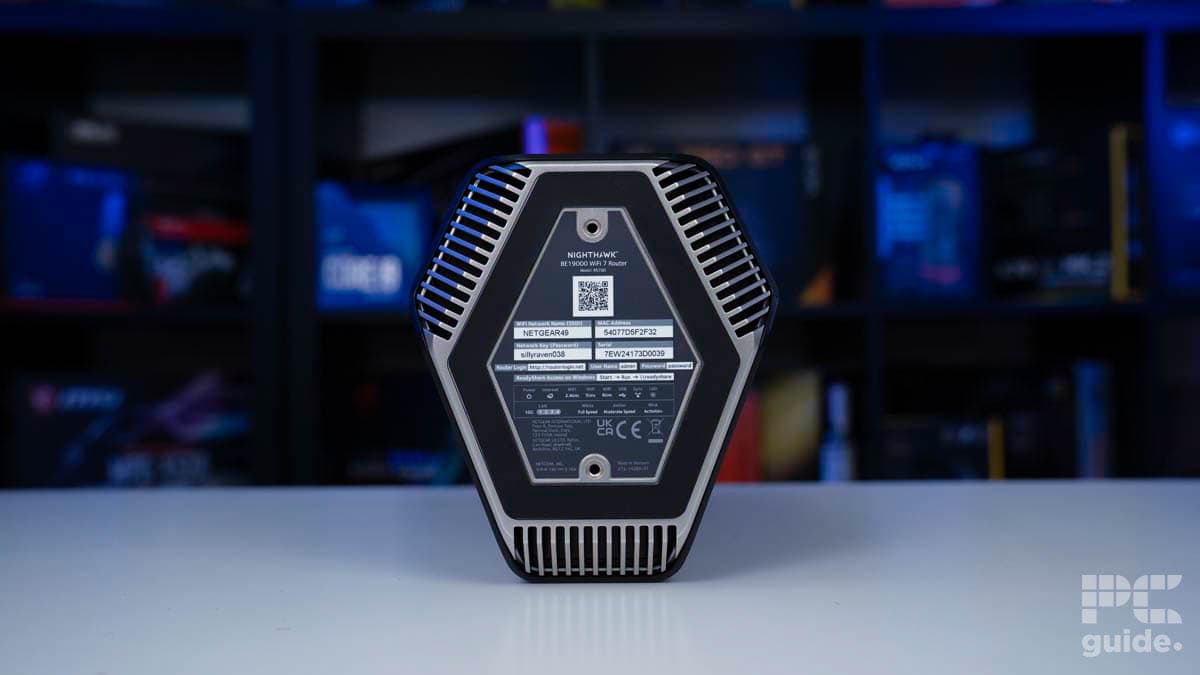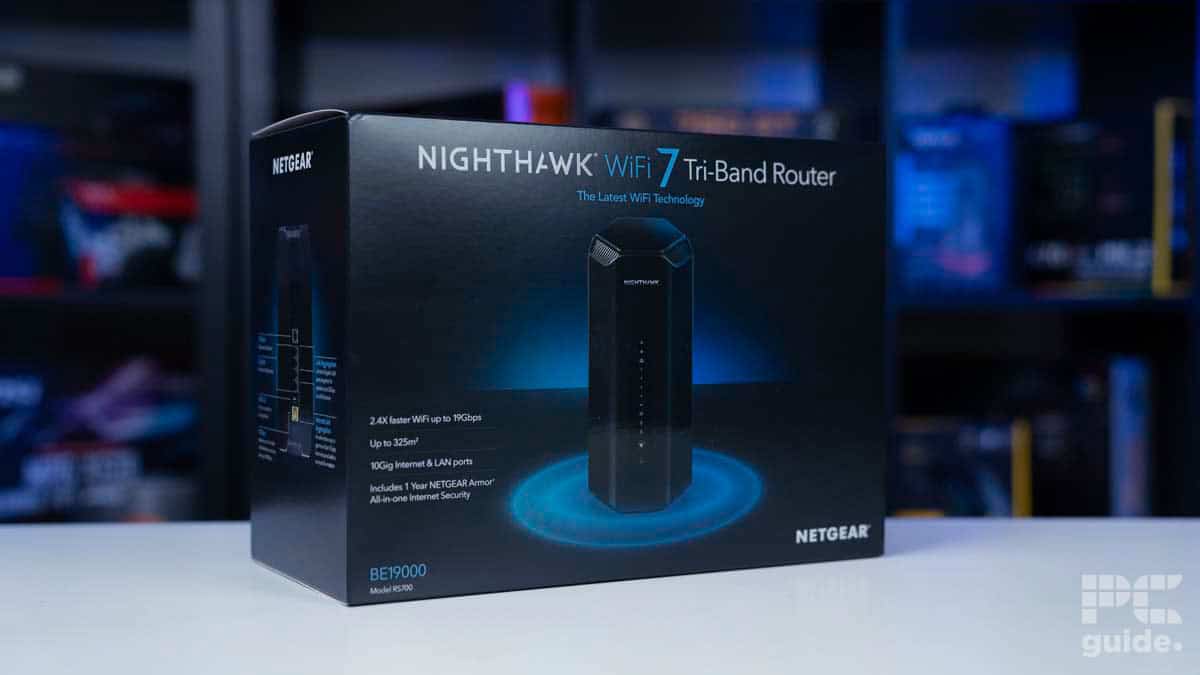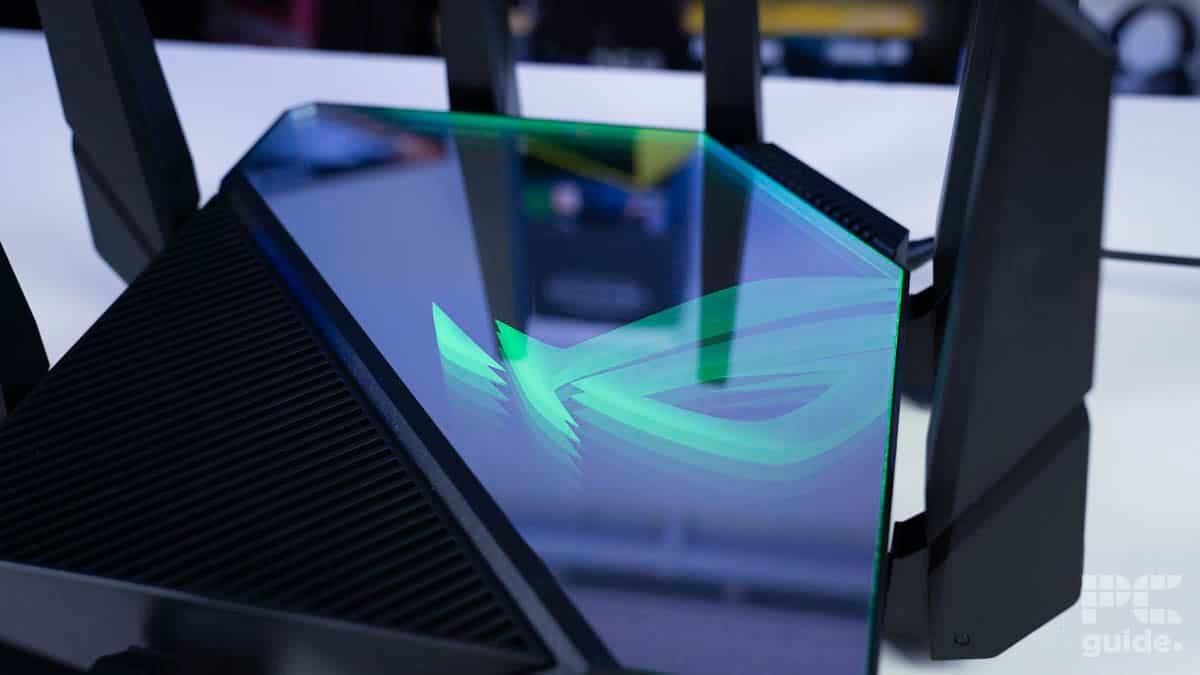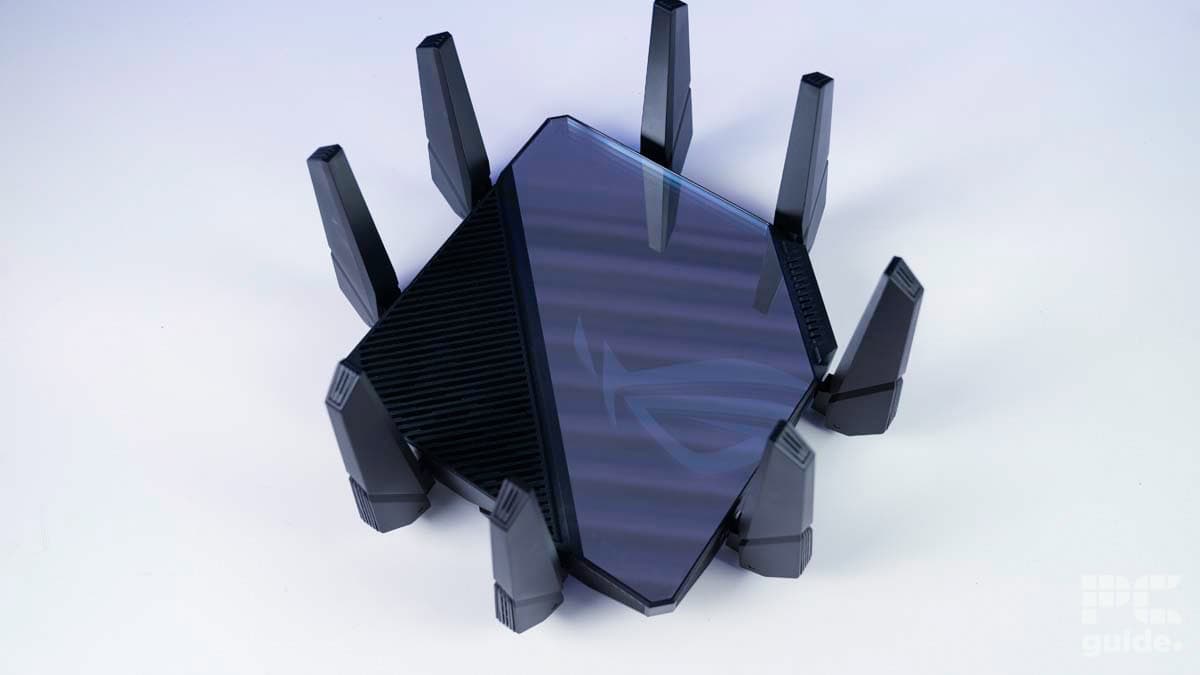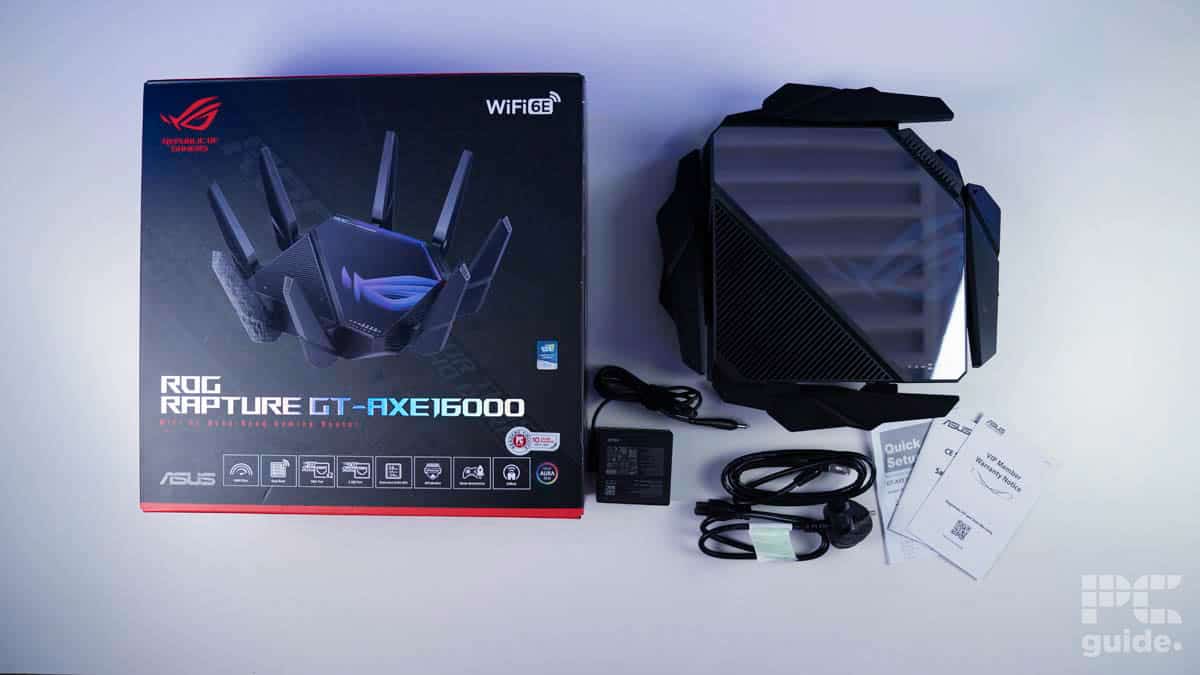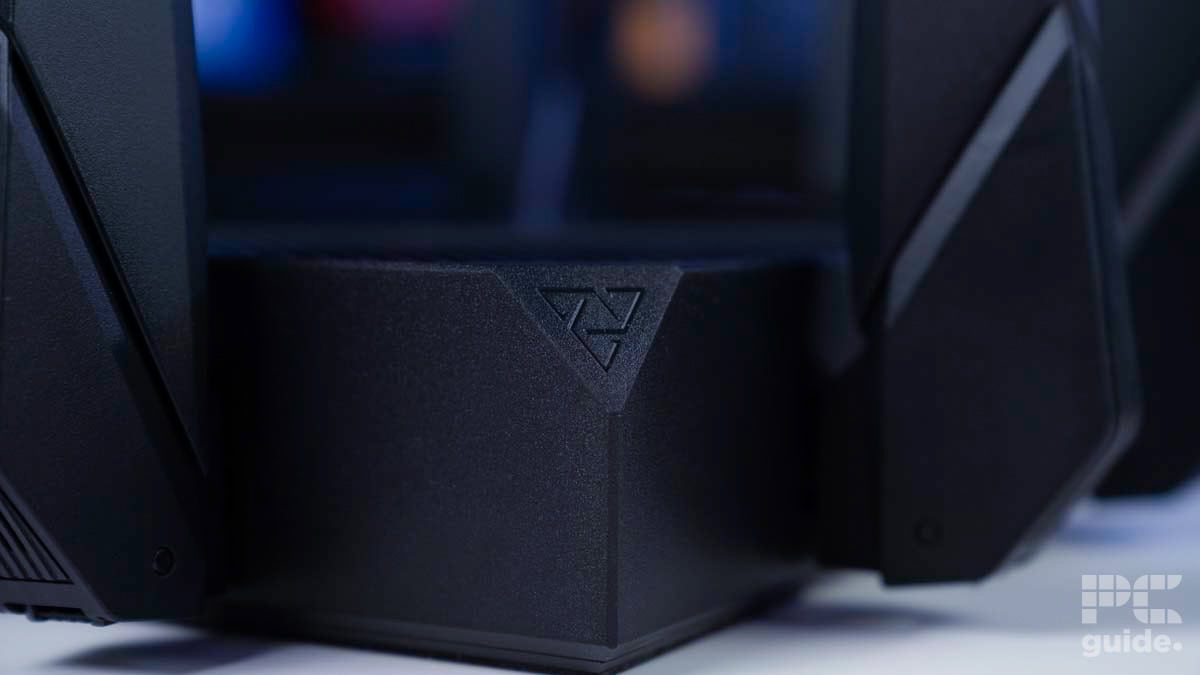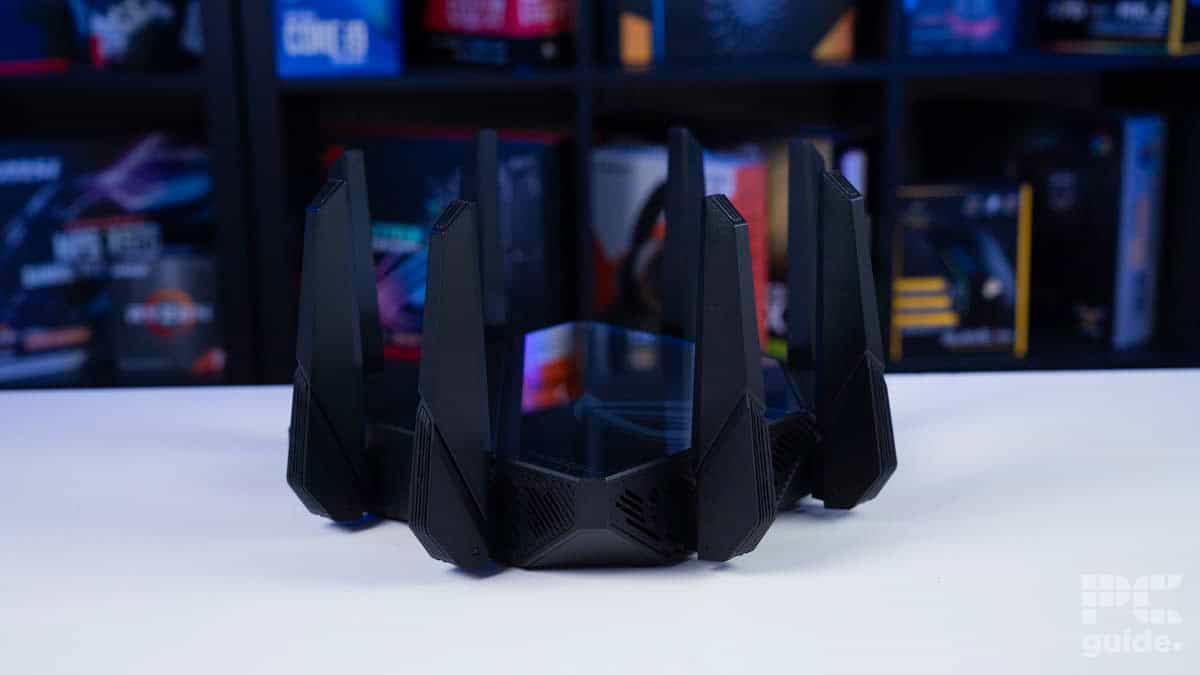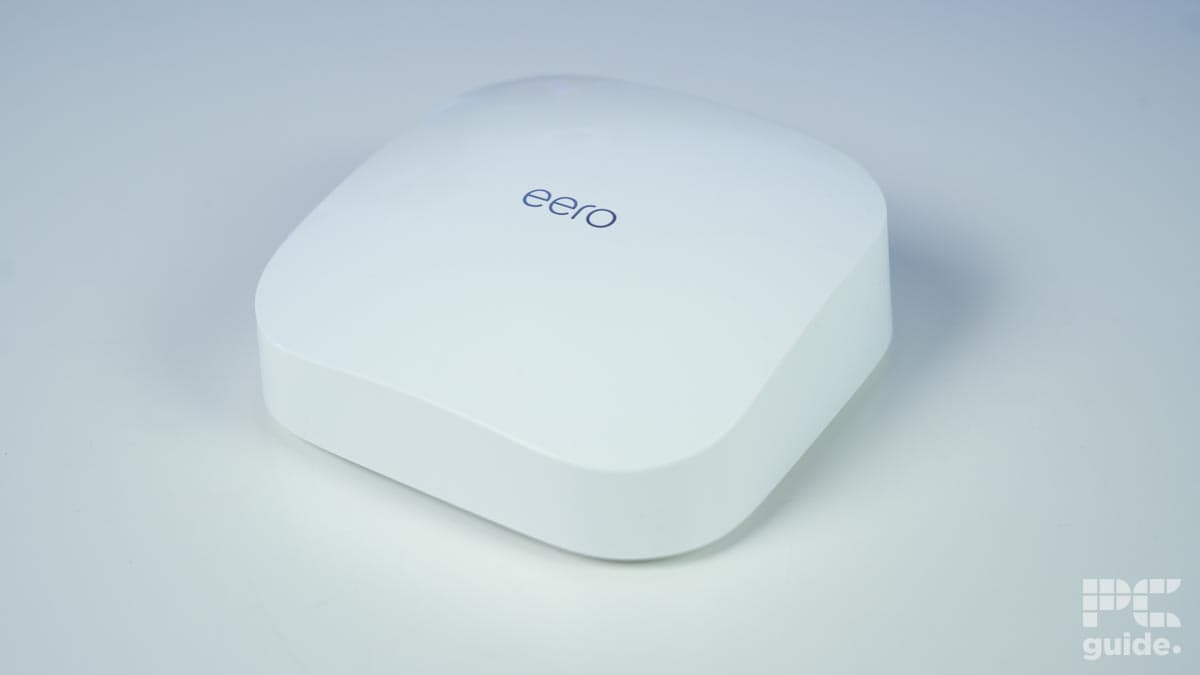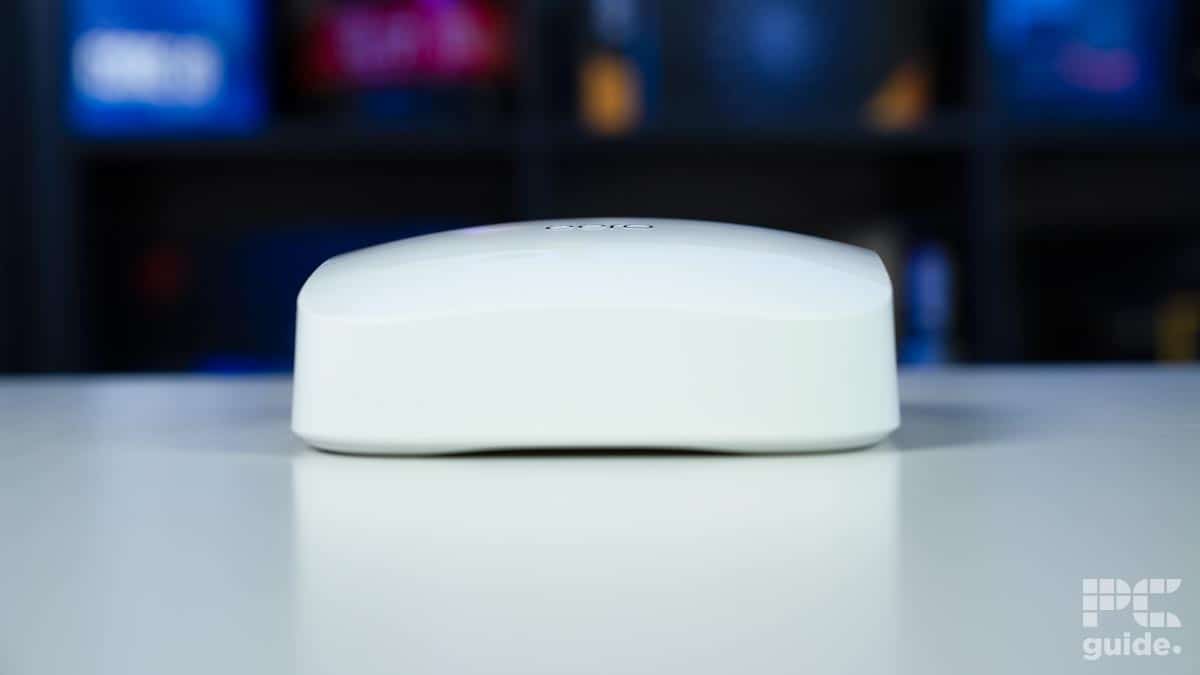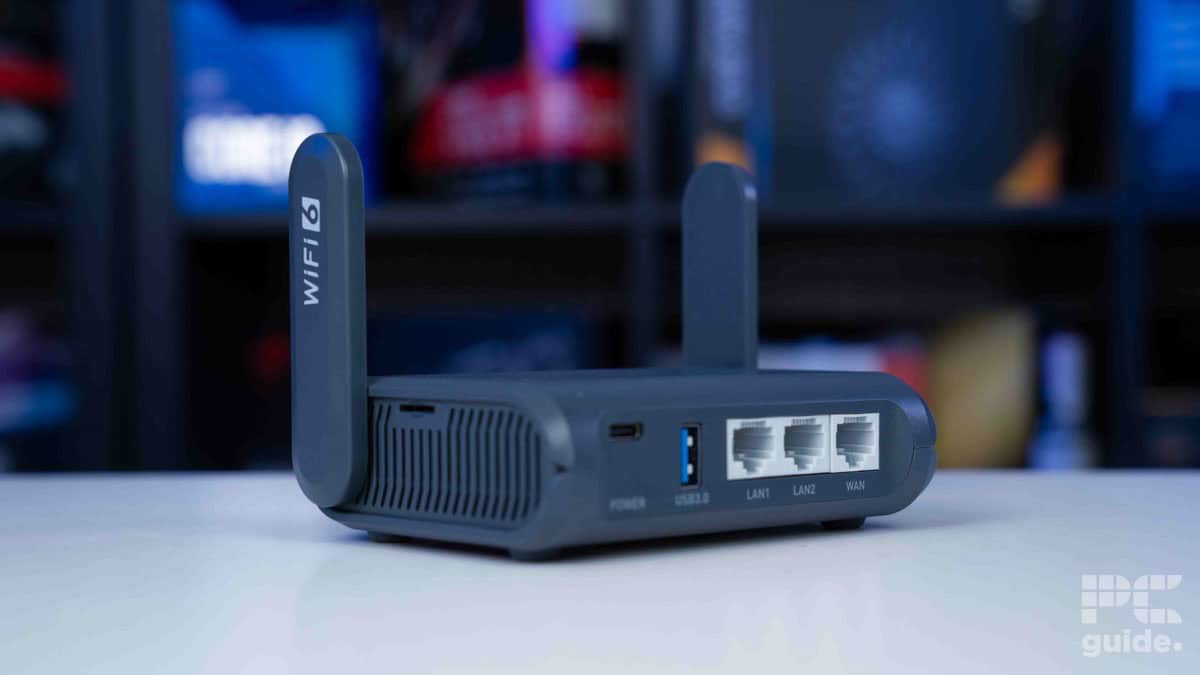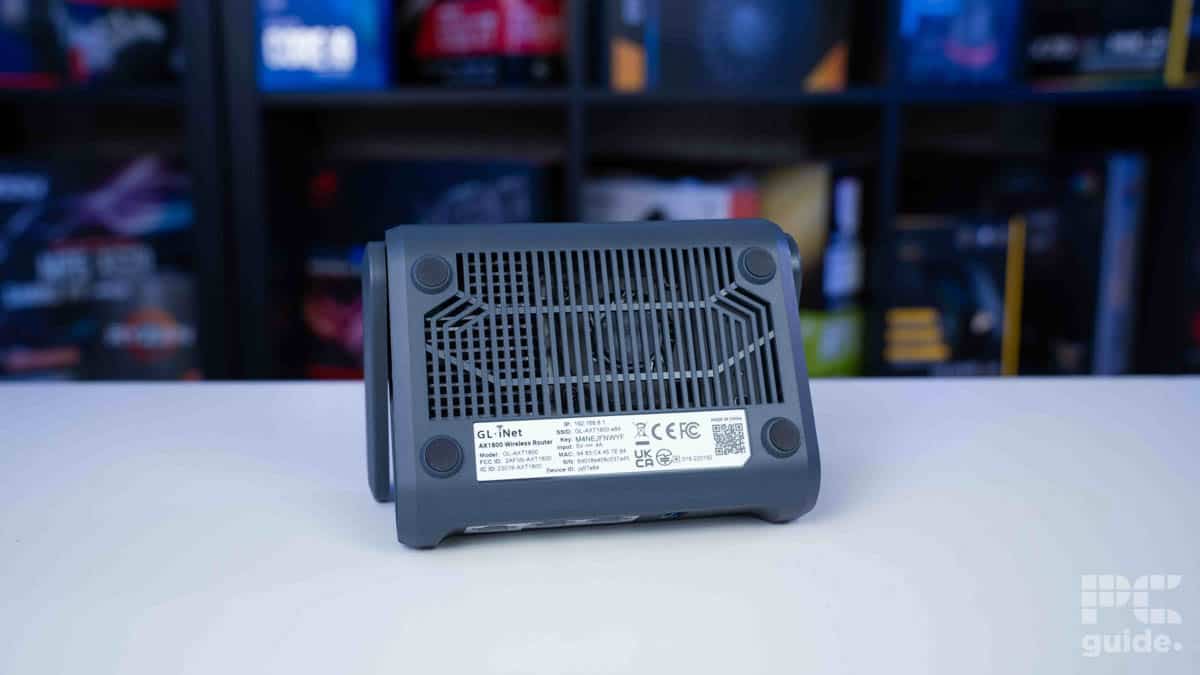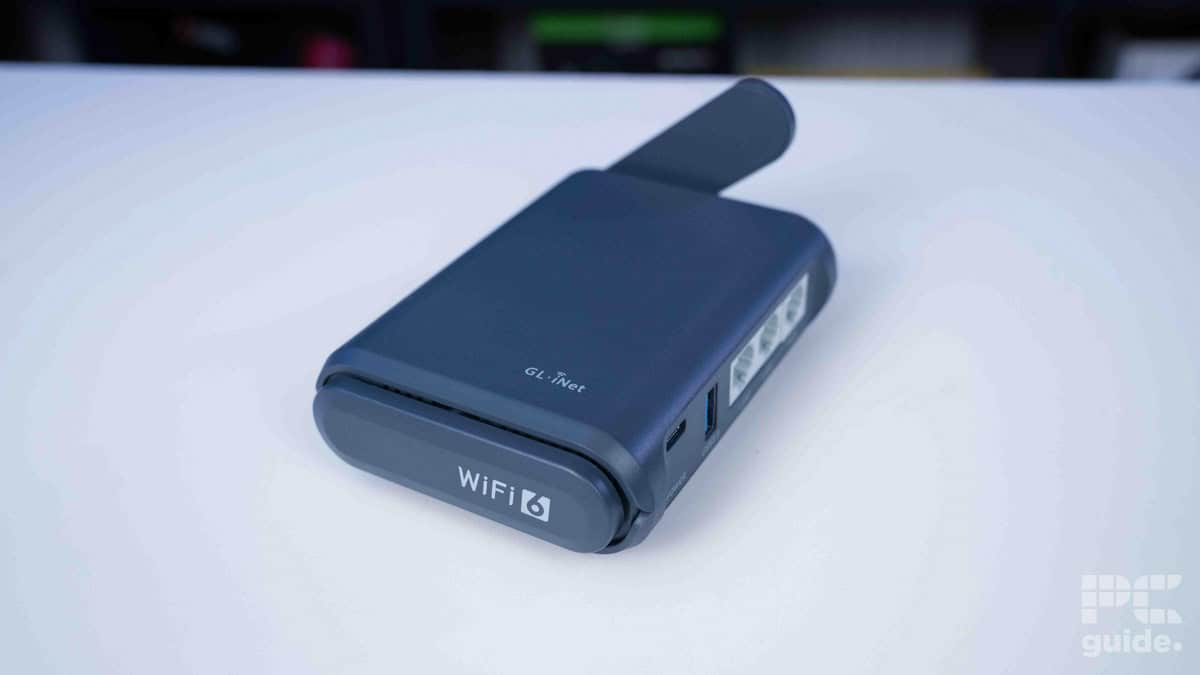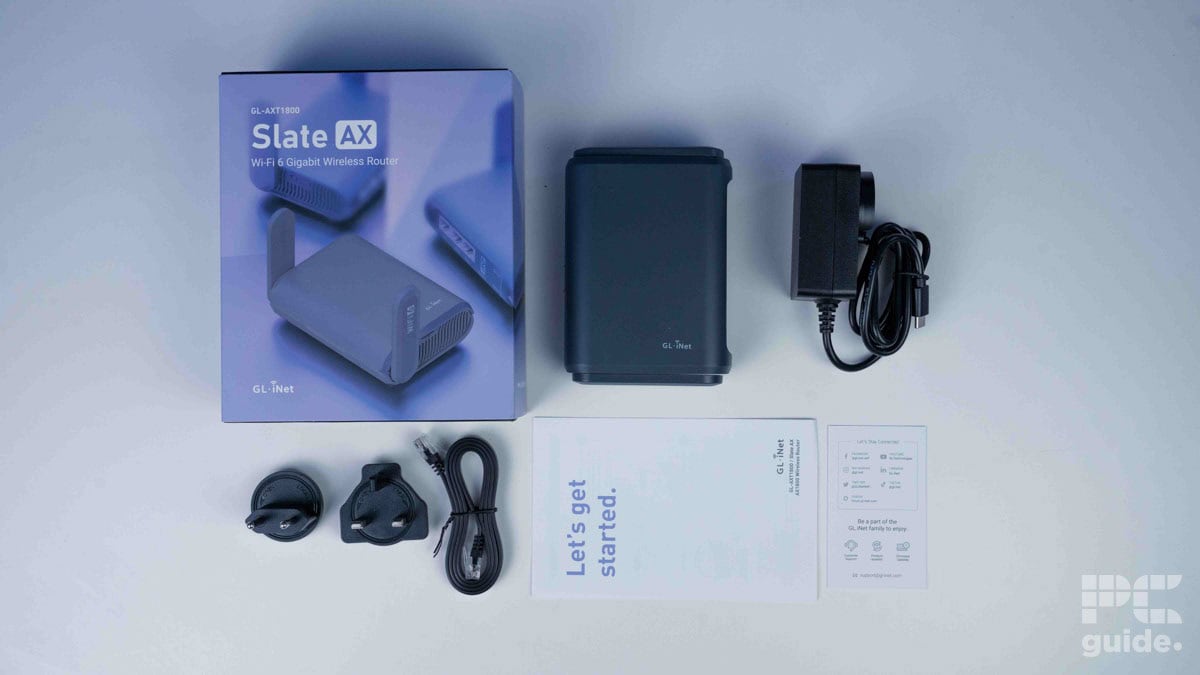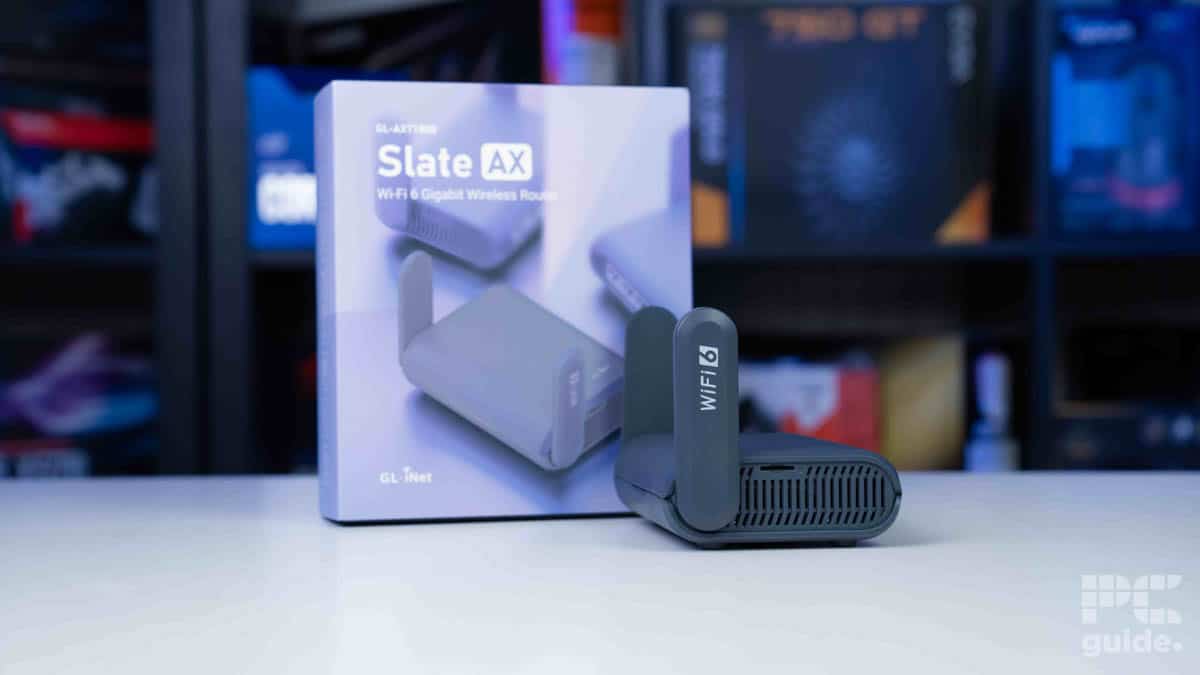Best secure router in 2025 – our top WiFi routers for security
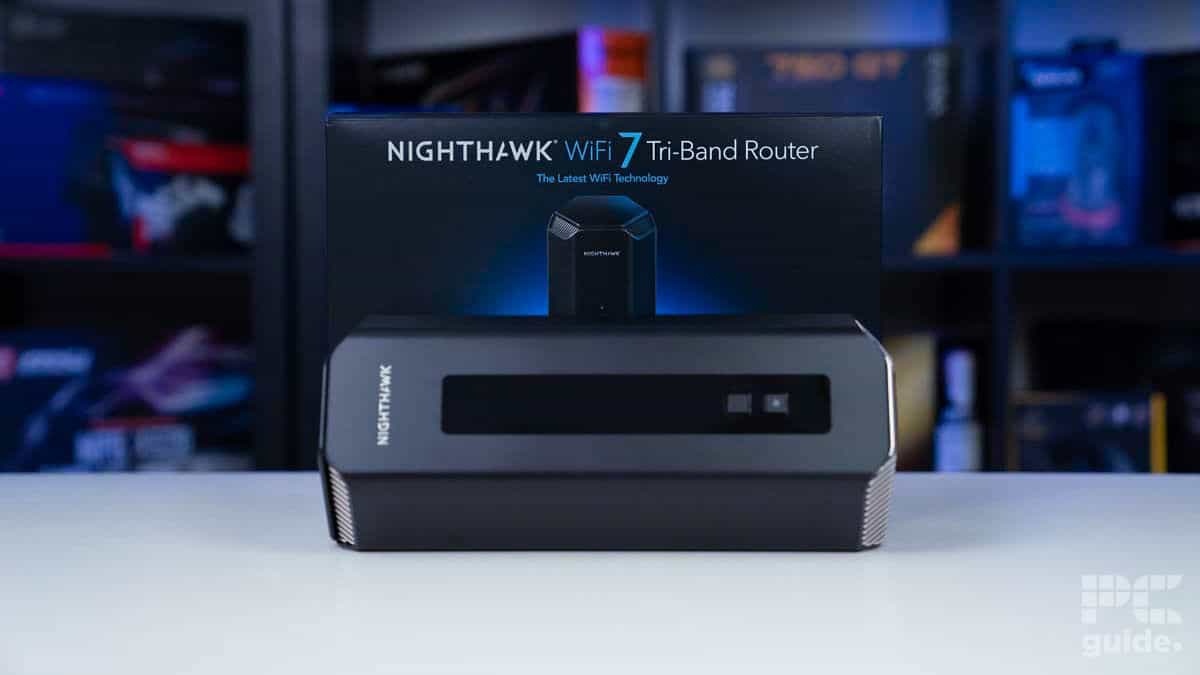
Table of Contents
Whether it's your home or office, having a secure network is a must-have in this day and age. A secure router gives you access to a ton of security features that protect your network against attacks and privacy compromises – especially if you have lots of devices connected.
These days, you can find routers with security features like WPA3, firewall, parental controls, VPN compatibility, automatic updates, and regular scans. On top of that, many routers offer “premium” security subscriptions with which you can unlock even more advanced features to keep your sensitive data safe. Luckily, a fair chunk of these subscriptions come with a free trial, so you can test them out to see if they're worth getting.
We’ve selected a couple of routers based on their security features, price, WiFi standard, and the performance they showcased during our in-house testing. Here are some of the best secure routers.
Products at a glance
-
Best secure router overall
Netgear Nighthawk RS700S WiFi 7 (BE19000)
- Standard: WiFi 7
- Frequency Bands: 2.4GHz, 5GHz, 6GHz
- Max Speed: 19Gbps
- LAN Ports: 1x 10Gbps, 4x 1Gbps
-
Best secure router for gaming
ASUS ROG Rapture Wifi 6E Router (GT-AXE16000)
- Standard: WiFi 6E
- Frequency bands: 2.4 GHz, 5 GHz-1, 5 GHz-2, 6 GHz
- Max speed: 16000 Mbps
- LAN ports: 2x 10Gbps (WAN/LAN), 4x 1Gbps
-
Best secure mesh router
Amazon Eero Pro 6
- Standard: WiFi 6
- Frequency band: 2.4GHz, 5GHz
- Max speed: 4200Mbps
- LAN ports: 2 x 1 Gbps
-
Best budget secure router
GL.iNet GL-AXT1800 (Slate AX)
- Standard: WiFI 6
- Frequency Bnads: 2.4GHz, 5GHz
- Max Speed: 1800Mbps
- LAN Ports: 2x Gigabit
-
Best VPN Router
Express VPN Aircove Go
- Standard: WiFi 6
- Frequency Bands: 2.5GHz, 5GHz
- Max Speed: 12Gbps
- LAN ports: 2 x 10Gbps
How we picked the best secure routers
To find the best secure router, we used our expertise to select items based on key specs, such as speeds, coverage, wireless standards, security, form factors, weight, and additional features.
We don't rely solely on specifications and reviews that anyone can read. We conduct in-house testing to check their signal strength, speed, and file transfer speed. If you're interested in learning more about our process, check out our How we test routers guide for a more in-depth understanding.
Our top picks


- Standard: WiFi 7
- Frequency Bands: 2.4GHz, 5GHz, 6GHz
- Max Speed: 19Gbps
- LAN Ports: 1x 10Gbps, 4x 1Gbps
- WAN: 10Gbps
- CPU: Quad-core 2.6GHz
- Memory: 512MB NAND Flash and 2GB RAM
- USB: 1x USB 3.0 Type-A
- Dimensions: 281.7 x 124.0 x 142mm (11.1 x 4.9 x 5.6in)
- Weight: 1.635kg (3.61lb)
- Excellent VPN and security options
- Has multi-gigabit ports and supports the Wi-Fi 7 standard
- The setup is straightforward through the app
- It comes with a hefty price tag
- Some features are locked behind a paywall
- The Wi-Fi 7 standard isn't widely used right now
The NETGEAR Nighthawk RS700S router is one of the best routers currently available, and it ticks off a lot of boxes, such as excellent speed, range, and security features. In our RS700S review, we reviewed it against our suite of tests and it didn't disappoint in any aspect.
For starters, this router runs on the Wi-Fi 7 standard and has a 2.6 GHz processor and 2 GB RAM, powering its various operations. On top of that, this router can support a maximum of 200 connected devices simultaneously. What this means is that this device can handle and transmit your high-speed internet connection to various users without compromising performance.
That said, it has a handful of safety features to secure every interaction across numerous devices, such as your PC, laptop, console, and mobile. It supports the WPA, WPA2, and WPA3 protocols with 128-bit AES and 256-bit GCMP encryption.
Other than that, you also have the option to separate your network for guests or use the main one for sensitive tasks. The VPN support also adds an extra layer of protection as that covers the entire home network, and the automatic updates ensure that you're running the latest firmware and security patches.
With the inclusion of the latest WiFi standard, it means you can take advantage of the little traffic and interference on those networks.
PC Guide
There is also a one-year free subscription to Netgear Armor, which is powered by Bitdefender. This is a nice addition as you can experience the level of protection offered by that before deciding whether you want to pay for it after the trial ends, or you could do without it.
Regarding its performance and coverage, we tested Netgear's claim of 3,500 sq. ft. of coverage for this router and it did well to deliver on that. The 2.4 GHz band was able to connect to the 60ft mark, but 90ft was a bit too much for it. 5 GHz, on the other hand, managed to connect at the 90ft mark, but the drop in performance was clear.
2.4 GHz managed to deliver 103, 78.4, and 5.6 Mbps downloads and 62, 50, and 22 Mbps at 10, 30, and 60ft, respectively. 5 GHz managed 273, 269, 117, and 25.5 Mbps downloads and 239, 227, 131, and 8 Mbps uploads at 10, 30, 60, and 90ft, respectively.
If you prefer a wired connection, it has a whopping six ports. One 10Gbps, four 1Gbps LAN ports, and one 10Gbps WAN port. So, the only thing you need to ensure is that you have an Ethernet capable of handling a gigabit internet connection.

- Standard: WiFi 6E
- Frequency bands: 2.4 GHz, 5 GHz-1, 5 GHz-2, 6 GHz
- Max speed: 16000 Mbps
- LAN ports: 2x 10Gbps (WAN/LAN), 4x 1Gbps
- WAN: 1x 2.5Gbps, 2x 10Gbps (WAN/LAN)
- CPU: 2.0GHz quad-core processor
- Memory: 256MB NAND flash and 2GB DDR4 RAM
- USB: 1x USB 3.2 Gen 1, 1x USB 2.0 Port
- Dimensions: 354 x 354 x 193mm
- Weight: 2425g
- It has quad-band functionality
- It has excellent range and performance
- AIProtection Pro is free
- It isn't the most pocket-friendly option
- It has a large footprint
- The top LED is prone to dust and fingerprints
For all the gamers out there who want a secure connection regardless of the region they're playing from or connecting to, we recommend giving the ASUS ROG Rapture GT-AXE16000 a shot.
In our GT-AXE16000 review, it has excellent range and managed to deliver great speeds across various distances. This is courtesy of the hardware its packing and the spider-web-like design, which consists of eight external antennas.
This router is powered by a 2.0 GHz quad-core CPU and 2 GB DDR4 RAM. On top of that, it works with the Wi-Fi 6E standard and has quad-band capabilities (2.4, 2 x 5, and 6 GHz). What this means is that it has enough processing power to handle the numerous networking tasks, and Wi-Fi 6E should ensure that you get the best speed possible wirelessly to your devices.
The quad-band functionality is also a great touch as it allows for the division of workload, which leads to fewer congestion issues. For example, you have two 5 GHz bands, which means that you can dedicate one of them for smart home appliances and make the other one a guest network and keep the 2.4 and 6 GHz for personal use.
The ROG Rapture GT-AXE16000 is quite the monster of a WiFi 6E router. Although it might not be the latest tech anymore, it's still plenty fast, and with a lot of features, you can customize it to a great extent with plenty of control as well.
PC Guide
As for its security features, the GT-AXE16000 features ASUS's AiProtection Pro. This service protects all data by performing in-depth scans and neutralizes any incoming attacks. It also leverages Trend Micro's database to detect malicious websites and block them before you even click on them. On top of that, if an infected device connects to the network, AiProtection will detect and block the connection to the server to protect any further data from getting compromised.
However, the best part is that this feature is free. You don't have to pay a yearly or monthly subscription to benefit from it; it's part of the package.
As for its performance, the download and upload speeds for the 2.4 GHz band were 71.4 to 0 Mbps and 66.3 to 0 Mbps, at 10 and 90ft, respectively. The 5 GHz frequency managed download speeds of 244 to 47.9 Mbps and upload speeds of 280 to 9.8 Mbps. Since the 5 GHz couldn't connect at the 90ft mark, the last figure is for 60ft, which includes a room between the router and the device.
Overall, this router has everything you'd need for a seamless gaming session, and its protection features should keep your mind at ease and ensure that your connection is secure 24/7.
- Standard: WiFi 6
- Frequency band: 2.4GHz, 5GHz
- Max speed: 4200Mbps
- LAN ports: 2 x 1 Gbps
- WAN: Same as LAN
- CPU: 1.4 GHz quad-core processor
- Memory: 1024MB RAM, 4GB flash storage
- USB: N/A
- Dimensions: 139 x 139 x 52.6 mm (5.5 x 5.5 x 2.1 inch)
- Weight:
- Advanced security features like DDNS, Antivirus, and 1Password
- Can support up to 75 devices
- Cover up to 6,000 sq. ft.
- Mediocre speeds
- Advanced security features require a subscription
If you're looking for a mesh Wi-Fi system without compromising security, you should check out the Amazon Eero Pro 6 mesh system. We think it's one of the best mesh systems available. In our Amazon Eero 6 review, it had decent signal strength and speeds at various distances.
This mesh system is powered by a 1.4GHz quad-core processor and 1GB RAM. This should be more than enough to handle the networking requirement of various devices and ensure smooth connectivity between the nodes. It has dimensions of 139 x 139 x 52.6 mm (5.5 x 5.5 x 2.1 inch), meaning it isn’t huge like some of the ASUS routers we’ve seen. It shouldn’t stand out in your living room or workspace and gel nicely with whichever aesthetic you want.
This router has tri-band capabilities, meaning you get two 5GHz bands and one 2.4GHz band. This is great if you want to split your network for various purposes. For example, you could dedicate one frequency for guests and one for IoT devices while keeping one for yourself. This will ensure that no one else is on that network and eliminate congestion and interruption issues.
The Amazon Eero Pro 6 is a simple and easy-to-use mesh router. With a good range out of even one, it is a good solution for coverage
PC Guide
As it is a mesh system, the Eero 6 covers around 6,000 sq. ft. of space and can keep up to 75 devices connected, which makes it suitable for large homes. As far as wired connections are concerned, you get two auto-sensing Gigabit ports and one USB-C port at the back of the main router. Plus, each of the extenders has a USB-C port.
In addition, it supports a maximum speed of 4,200 Mbps, meaning it can easily handle a gigabit or multi-gigabit internet plan and get the best speeds regardless of whether you have a wired or wireless connection.
Coming to security, the router offers WPA3, WPA2, VPN passthrough, and several key features. Plus, if you get Eero Plus (a subscription-based service), you can access advanced security features like DDNS, Malwarebytes, 1Password, VPN Powered by Guardian, and much more. All of these should help protect your network and devices from online threats, including DDoS attacks.

- Standard: WiFI 6
- Frequency Bnads: 2.4GHz, 5GHz
- Max Speed: 1800Mbps
- LAN Ports: 2x Gigabit
- WAN: 1x Gigabit
- CPU: IPQ6000 1.2GHz Quad-core Processor
- Memory: DDR3L 512MB / NAND Flash 128MB
- USB: 1x USB 3.0
- Dimensions: 125 x 82 x 36mm
- Weight: 245g
- Very small and light, easy to move around
- Lots of settings and features even for the size and use case including guest WiFi
- Incredible signal strength, latency, and download speeds
- Not the fastest USB connection for connectivity
- Can get quite hot to the touch after a while of work
Not everyone has a big budget to purchase a router with the latest WiFi standards, but good security protocols should be available to everyone. If you’re operating on a budget, we recommend the GL.iNet GL-AXT1800.
This is a great route which scored a 5/5 rating from us during our in-house testing and showcased excellent speed, latency, and strength in our GL-AXT1800 review.
To begin with, this is a WiFi 6 router, meaning you’ll only have two frequencies, 2.4GHz and 5GHz, to work with, but it has a maximum speed of 1,800 Mbps. It should be able to handle your high-speed internet plans via wired or wireless connections. It also features two Gigabit LANs and one Gigabit WAN port. So, it doesn’t have a lot of ports, which isn’t surprising given its size, but we also need to remember that this is a budget option.
As for its security features, it has OpenVPN and WireGuard, which add an extra layer of protection over the usual WiFi security. If you’re traveling, you can use VPN connections with public WiFi to safeguard your information. According to GL.iNet, with WireGuard, you should get a maximum speed of 550 Mbps, while on OpenVPN, it is limited to 120 Mbps. There are over 30 supported VPNs available, so even if you don’t use these two, you should find the one that you prefer.
The GL.iNet GL-AXT1800 Slate AX router gave us quite a surprise. With the small device focused on mobile usage, we weren't expecting all the performance and features behind it to be available. As it offers quite a range of connections from WAN to tethering whilst also providing two ethernet and WiFi 6 to connect up to it, it manages to hold up against bigger standalone routers.
PC Guide
Regarding its performance, we checked the two frequencies at different distances. The 2.4GHz band managed to connect from 10ft to 90ft, which has four walls between the router and the device. The 5GHz managed to connect only till the 60ft mark. We have a 300 Mbps connection, and the 2.4GHz frequency managed 119 – 8.9 Mbps download and 95.1 – 2.5 Mbps upload speeds with 9 – 14 ms latency. As for the 5GHz frequency, the speeds were better due to its higher bandwidth. We got 271 – 197 download and 293 – 137 Mbps upload speeds with 6 – 12 ms latency.
So, this is an excellent router that can be used on the go, at your office, or at home, and its features ensure that your data is protected whether you’re working or gaming. All of this is even better when you consider how economical it is.

- Standard: WiFi 6
- Frequency Bands: 2.5GHz, 5GHz
- Max Speed: 12Gbps
- LAN ports: 2 x 10Gbps
If you travel a lot, you usually end up having to connect various WifI connections and LANs around the world. These can be of dubious security, so an extra layer of protection is wise.
Enter the Express VPN Aircove Go. This tiny portable router was developed by Express VPN with travellers and remote workers in mind. If you find yourself in a coffee shop or hotel and want to make sure your data is secure, the Aircove Go has a built-in VPN that can make sure all your devices are secure.
It is powered by the commonplace USB-C and supports both wired and wireless connections. Though it only has two LAN ports, this is probably sufficient for such a small and portable device. Users will be able to take advantage of the Threat Detection, Ad Blocker, and parental controls no matter where they are.
The Aircove Go can allow multiple devices to connect using a single wifi code. Once a device has connected to the network, the router will remember this connection and allow seamless reconnection at any time.
Of course, to take advantage of these features, you will need an active Express VPN subscription. A 30-day free trail comes with the purchase of the router, but after that, you’ll need to sign up for a subscription.
How to pick the best secure router
Picking up the most secure router isn't just about going to the market and choosing one of the best wireless routers. Instead, you need to carefully look at its specs, performance, and the type of security features it offers. Here are a few things to consider before making a purchase.
Wireless standards
As you will be using your new router for quite a while, you should invest in a device that has new WiFi technology. As of now, you can go for a WiFi 6, WiFi 6E or the latest Wifi 7 router. Wifi 7 is still very new, so WiFi 6 is more commonly available, and most of your devices would be compatible with it. On the other hand, WiFi 6E and Wifi 7 have a third 6GHz band that provides faster speeds. However, you will have to check if your devices are compatible with this standard. You can also find WiFi 5 devices with decent security features, but keep in mind that WiFi 6 is around 40% faster than WiFi 5.
Speed
Another important spec that you should look at is maximum speed. Ideally, the router should support greater speed or match the speed that you are subscribing to. For instance, if you are getting a 1 Gbps plan from an ISP, then your router should support that speed.
Coverage
Ideally, your WiFi router should provide coverage throughout your house without any dead zones. For this, you need to make sure that you get a router that is capable of providing that coverage. For instance, some of the best routers for large homes can cover up to 6,000 sq. ft. or more area.
Security features
This is obvious, but you need to make sure the router you're getting comes with advanced security features and should offer parental controls so you can restrict access to certain websites. If your router can not protect your devices from DDoS attacks, you need to replace it. This is because, according to Netgear, once hackers gain access to your router, they can hack every device connected to it. So, you need to take this into consideration before making a final purchase.
How do I make sure my router is secure?
First of all, you need to make sure you're not using a basic WiFi password. Other than that, regularly update your router, change the default network name, and enable WPA3 encryption to keep your router secure. A good VPN is also worth considering.
Are newer routers more secure?
Newer routers come with advanced security features that protect your router from online threats. However, do keep in mind that in most cases, these advanced security features can only be accessed by paying for a monthly subscription.

